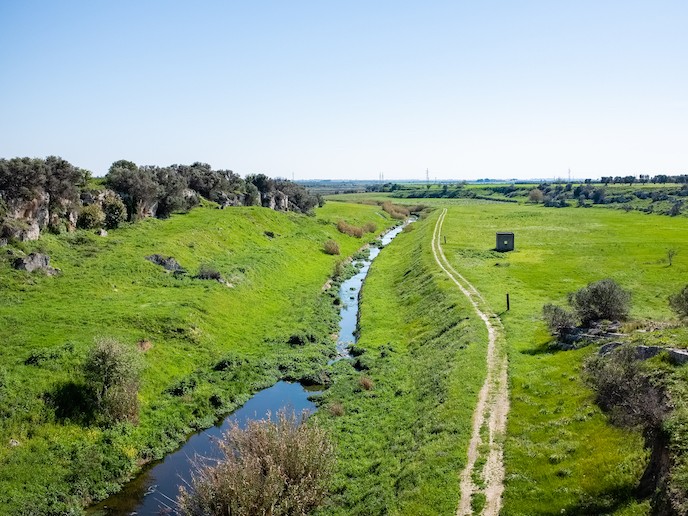Build a bridge in one day
Bridge deterioration is a common phenomenon not isolated to underdeveloped countries. Bridges are generally a vulnerable element in road infrastructure. During its service life, the deck material is subjected to many aggressive influences, including heavy traffic, variable loading and vibration levels as well as extreme weather conditions. Durable, ready-to-assemble and easily transportable, prefabricated modular bridges are well suited for both permanent and emergency situations. In general, modular bridges are aligned with the three main pillars of sustainability – reuse, reduce and recycle. They can be used several times requiring minimum maintenance, have high capacity to be adapted to several span lengths and can be fully recycled at end of life. With part EU-funding of the SF-TLS project, engineering company BERD developed a new superfast launching system for assembling and launching a modular bridge. “The time saving is enormous with an approximate full assembly time of 24 hours for an SF-TLS bridge compared to a conventional assembly that can run into several weeks or months,” notes António André, product development manager of BERD. Active technology “In civil engineering and more particularly in the bridge construction industry, innovation is still being seen with some distrust. BERD is changing the scenery by introducing new equipment with active control systems,” notes André. The company specialises in building long-span bridge decks with equipment that can endure heavy loads thanks to the internationally patented organic prestressing system (OPS). This concept is inspired by the behaviour of an organic structure found in nature: the muscle. It is nothing more than an active control system whose target is to reduce deformations and stresses due to loads. The company’s engineering solutions for bridge construction are known worldwide mostly because they incorporate OPS in movable scaffolding systems and launching gantries to build multi-span large bridges with spans between 20 and 120 metres. Spanning greater lengths BERD’s new structural solution features a truck crane with a telescopic boom to install modular bridges much faster compared to the technology used over the past seven decades. Conventional technology can assemble a typical 60-metre modular bridge in a week unlike BERD’s system that enables bridge assembly within a day. “For longer spans – up to 90 metres, assembly takes much longer and requires a lot of human effort and mechanical means. Not to mention the fact that there is not currently any modular bridge solution for spans longer than 90 metres,” outlines André. The newly developed system with spans up to 120 metres can be thrown horizontally over a river or valley. After reaching the opposite bank, the system propels its own support and adjusts to the natural terrain conditions. Importantly, the new system allows installing the bridge from only one bank. The bridge modules are connected to each other by bolted and pinned connections together with the base module of the telescopic boom. They can be easily removed from containers and are partially pre-assembled to accelerate the process. The number of assembly connections and the longer modules compared to those of the Bailey bridge type are key to reducing assembly time. BERD provided an innovative solution for accelerated bridge construction, producing safe bridges of high quality and long service life that cannot be realised with conventional construction technology. Until now, there is no similar equipment on the market that can be used to improve disaster response.







